Mulch Your Tomato Plants For Bigger Better Yields
Title: Mulch Your Tomato Plants for Bigger Better Yields
Introduction:
Tomatoes are a popular garden vegetable that can be grown in many different climates. However, even the most experienced gardeners can benefit from some helpful tips to increase their tomato yields. One of the best ways to do this is to mulch your tomato plants.
Mulching is the practice of adding a layer of organic or inorganic material around the base of plants. It has many benefits for tomato plants, including:
- Retaining moisture in the soil. Mulch helps to keep the soil moist, which is important for tomatoes, which are shallow-rooted plants. This can help to reduce the amount of watering you need to do, which can save you time and money.
- Suppressing weeds. Mulch helps to suppress the growth of weeds, which compete with tomato plants for water, nutrients, and sunlight. This can help to keep your tomato plants healthy and productive.
- Protecting the soil from erosion. Mulch helps to protect the soil from erosion, which can be a problem in areas with heavy rains or winds. This can help to keep your soil healthy and productive for years to come.
- Improving soil quality. As mulch decomposes, it adds nutrients to the soil, which can help to improve the overall health of your tomato plants.
Main Content:
There are a few different types of mulch that you can use for tomato plants. Some of the most common options include:
- Organic mulches: These mulches are made from plant materials, such as shredded leaves, straw, or bark. They are a good choice for tomato plants because they decompose slowly, which helps to improve soil quality over time.
- Inorganic mulches: These mulches are made from materials such as rock, gravel, or plastic. They are a good choice for tomato plants if you are looking for a mulch that will last for many years.
No matter what type of mulch you choose, it is important to apply it correctly. The mulch should be spread evenly around the base of the plant, leaving a few inches of space around the stem. The thickness of the mulch layer will vary depending on the type of mulch you are using. For organic mulches, a layer of 2-3 inches is typically sufficient. For inorganic mulches, a layer of 1-2 inches is usually enough.
It is also important to water the mulch after you apply it. This will help to settle the mulch and prevent it from blowing away.
Conclusion:
Mulching your tomato plants is a simple and effective way to increase your yields. By following the tips in this blog post, you can help your tomato plants thrive and produce delicious tomatoes all season long.
Mulching tomato plants is a great way to improve their health and productivity. It helps to suppress weeds, retain moisture, and improve soil aeration. If you're interested in learning more about mulching tomato plants, I recommend visiting Home Gardening. This website has a wealth of information on the topic, including how to choose the right type of mulch, how much to apply, and when to do it.
FAQ of mulching tomato plants
- What are the benefits of mulching tomato plants?
There are many benefits to mulching tomato plants, including:
* Improved moisture retention: Mulch helps to keep the soil moist, which is especially important for tomatoes, which are heavy feeders. This can help to reduce the amount of water you need to give your plants, which can save you time and money.
* Suppression of weeds: Mulch helps to suppress the growth of weeds, which can compete with your tomato plants for water and nutrients. This can help to keep your plants healthier and more productive.
* Improved soil aeration: Mulch helps to improve the aeration of the soil, which can help the roots of your tomato plants to grow more easily. This can lead to healthier plants with better yields.
* Reduced soil erosion: Mulch helps to reduce soil erosion, which can be a problem in windy or rainy areas. This can help to protect your soil and keep it healthy.
- What type of mulch is best for tomato plants?
There are many different types of mulch that can be used for tomato plants, but some of the most popular include:
* Wood chips: Wood chips are a good choice for mulching tomato plants because they are relatively inexpensive and easy to find. They also help to improve the drainage of the soil, which can be beneficial for tomatoes.
* Peat moss: Peat moss is a good choice for mulching tomato plants because it helps to retain moisture and improve the acidity of the soil. This can be beneficial for tomatoes, which prefer acidic soils.
* Straw: Straw is a good choice for mulching tomato plants because it is lightweight and easy to spread. It also helps to suppress the growth of weeds and improve the drainage of the soil.
- When should I mulch my tomato plants?
The best time to mulch your tomato plants is in the spring, after the last frost. This will give the mulch time to break down and improve the soil before the plants start to grow.
- How much mulch should I use?
The amount of mulch you use will depend on the size of your tomato plants and the type of mulch you are using. In general, you should use a 2-4 inch layer of mulch around your plants.
- How do I keep my mulch from blowing away?
If you live in an area with windy conditions, you may need to weigh down your mulch with rocks or bricks. You can also use a garden edging to help keep the mulch in place.
- Is there anything I should avoid when mulching tomato plants?
There are a few things you should avoid when mulching tomato plants, including:
* Do not use fresh manure: Fresh manure can contain harmful bacteria that can damage your plants.
* Do not use plastic mulch: Plastic mulch can trap heat and moisture, which can lead to root rot.
* Do not mulch too close to the stem: Mulch that is too close to the stem can cause the stem to rot.
Image of mulching tomato plants
- Spreading mulch around tomato plants.
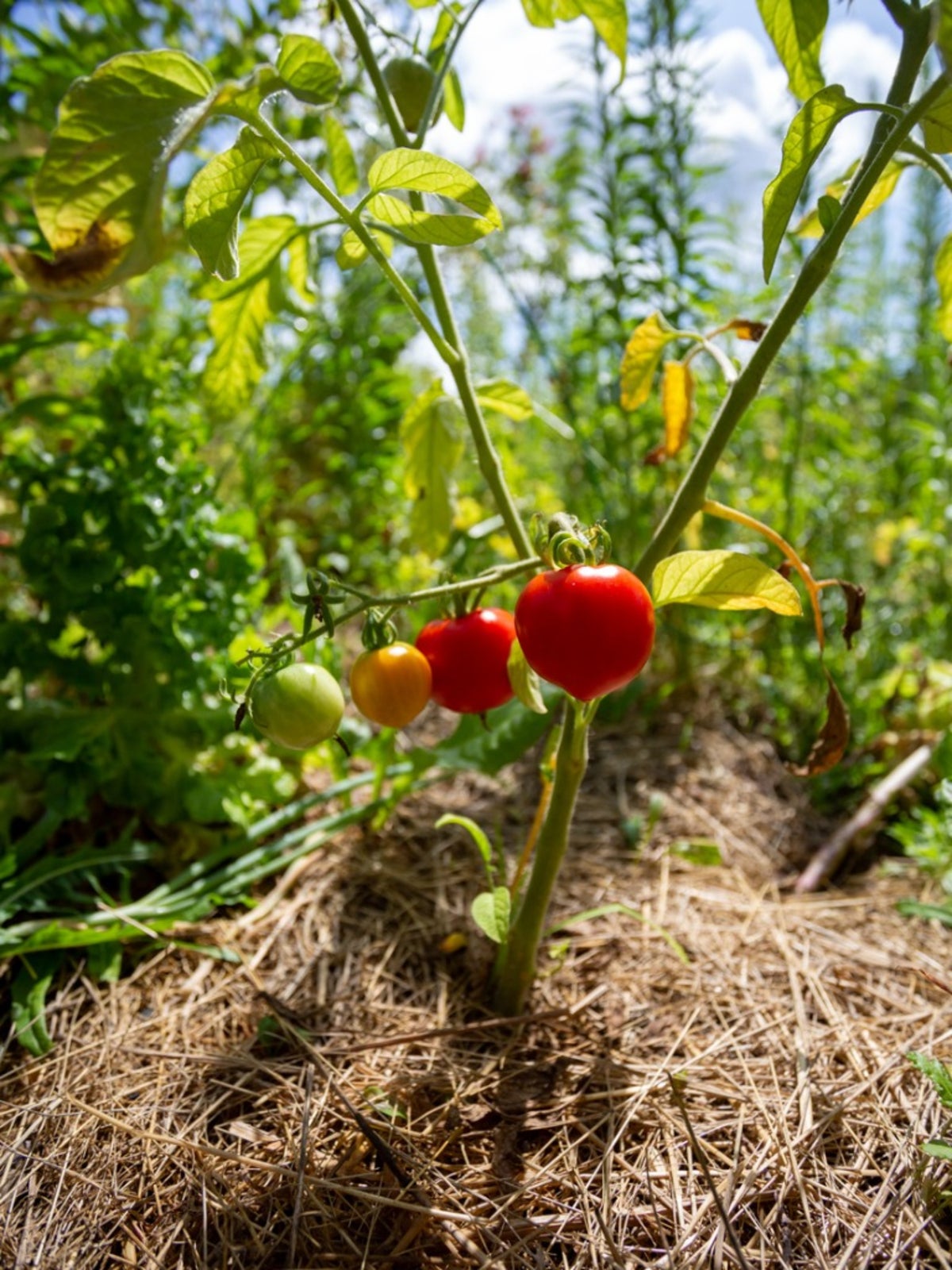
- Peat moss mulch around tomato plants.

- Wood chips mulch around tomato plants.
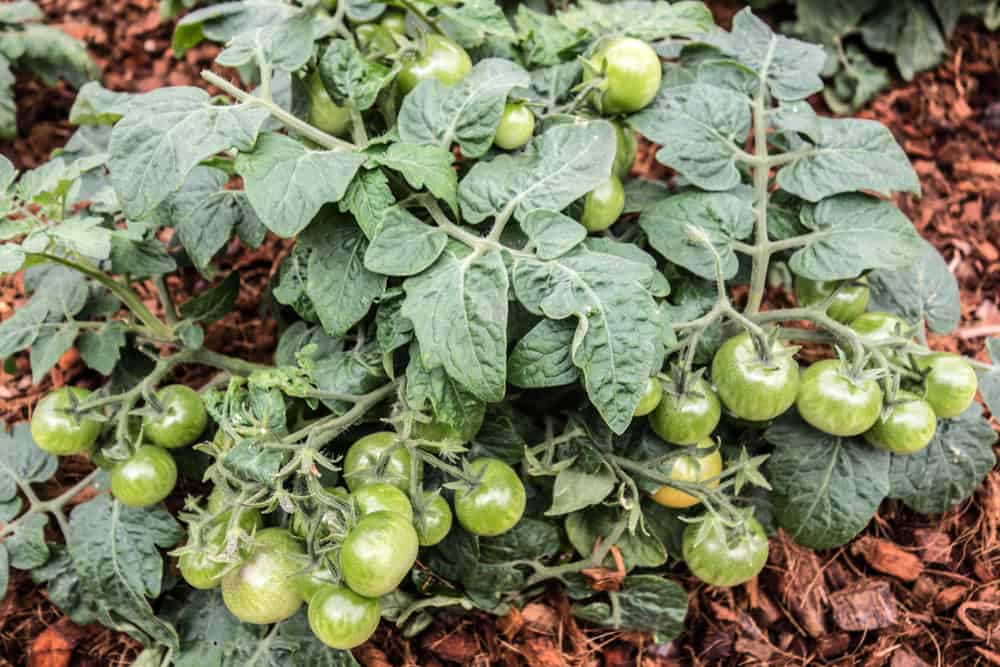
- Straw mulch around tomato plants.
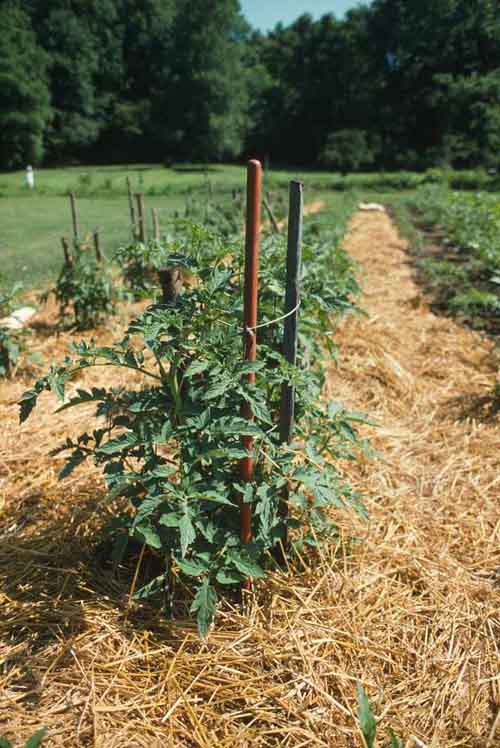
- Compost mulch around tomato plants.

- Tomato plants with a layer of mulch.

- Tomato plants with a 2-inch layer of mulch.
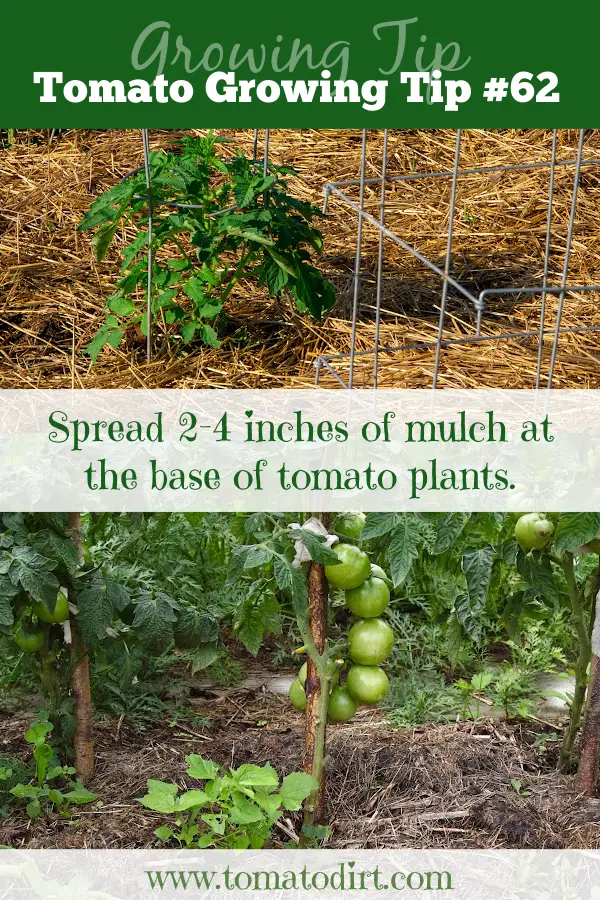
- Tomato plants with a 4-inch layer of mulch.

- Tomato plants with mulch in the rows.
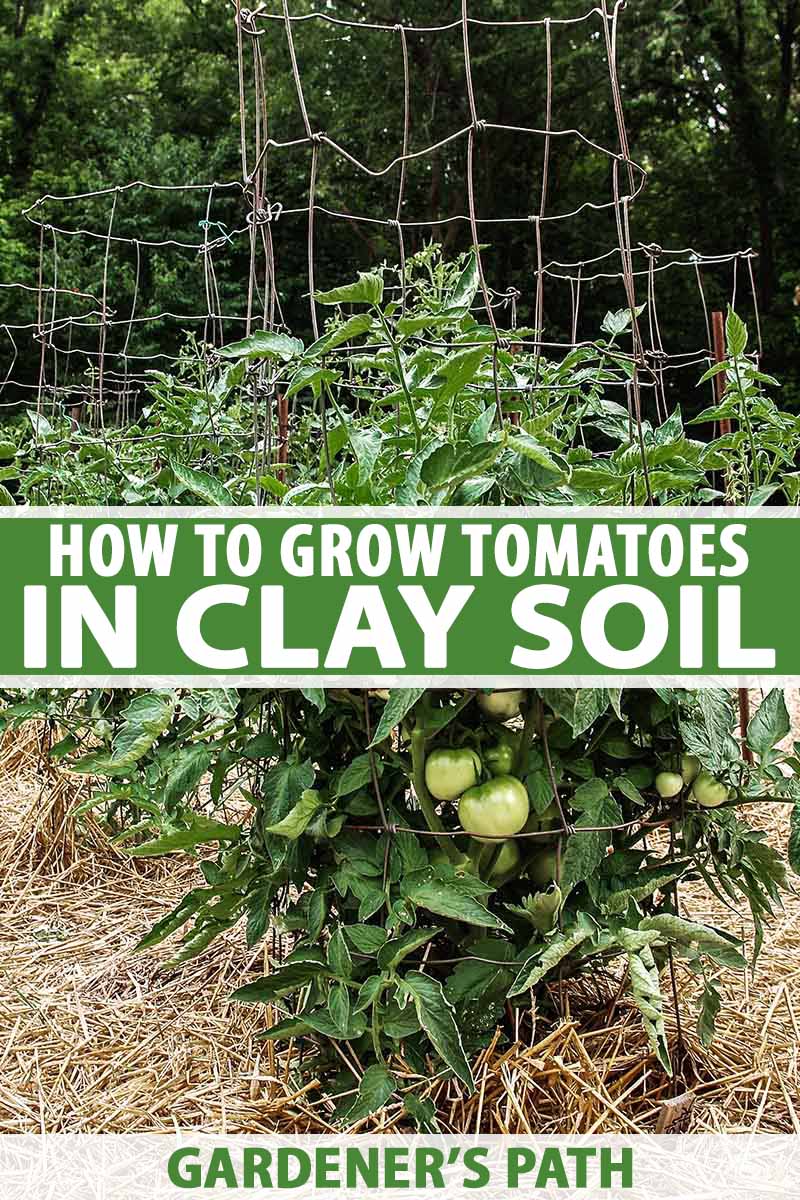
- Tomato plants with mulch around the base of the plants.
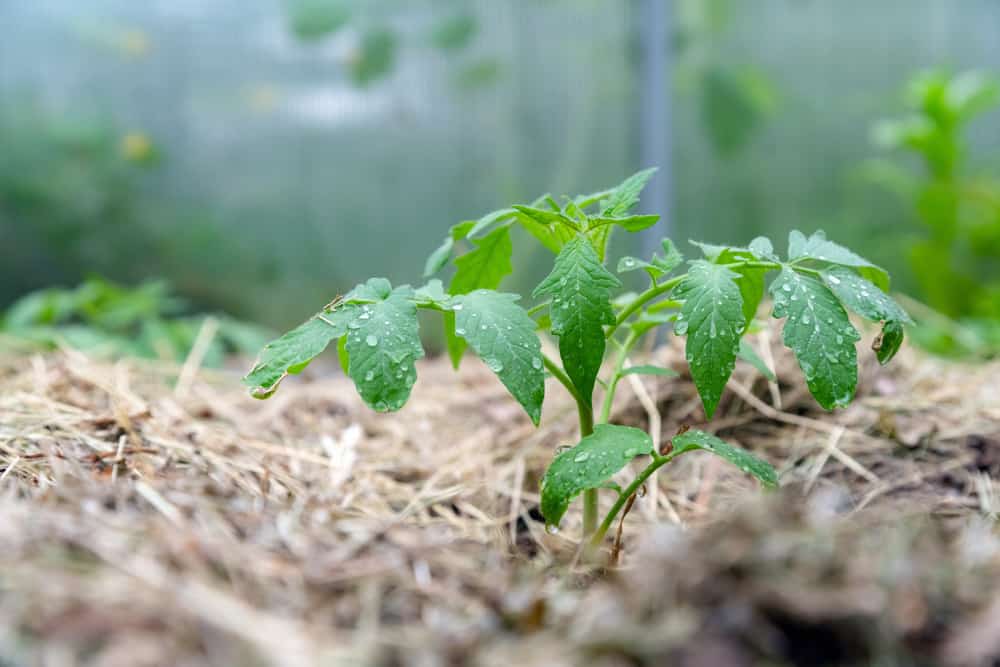
Post a Comment for "Mulch Your Tomato Plants For Bigger Better Yields"